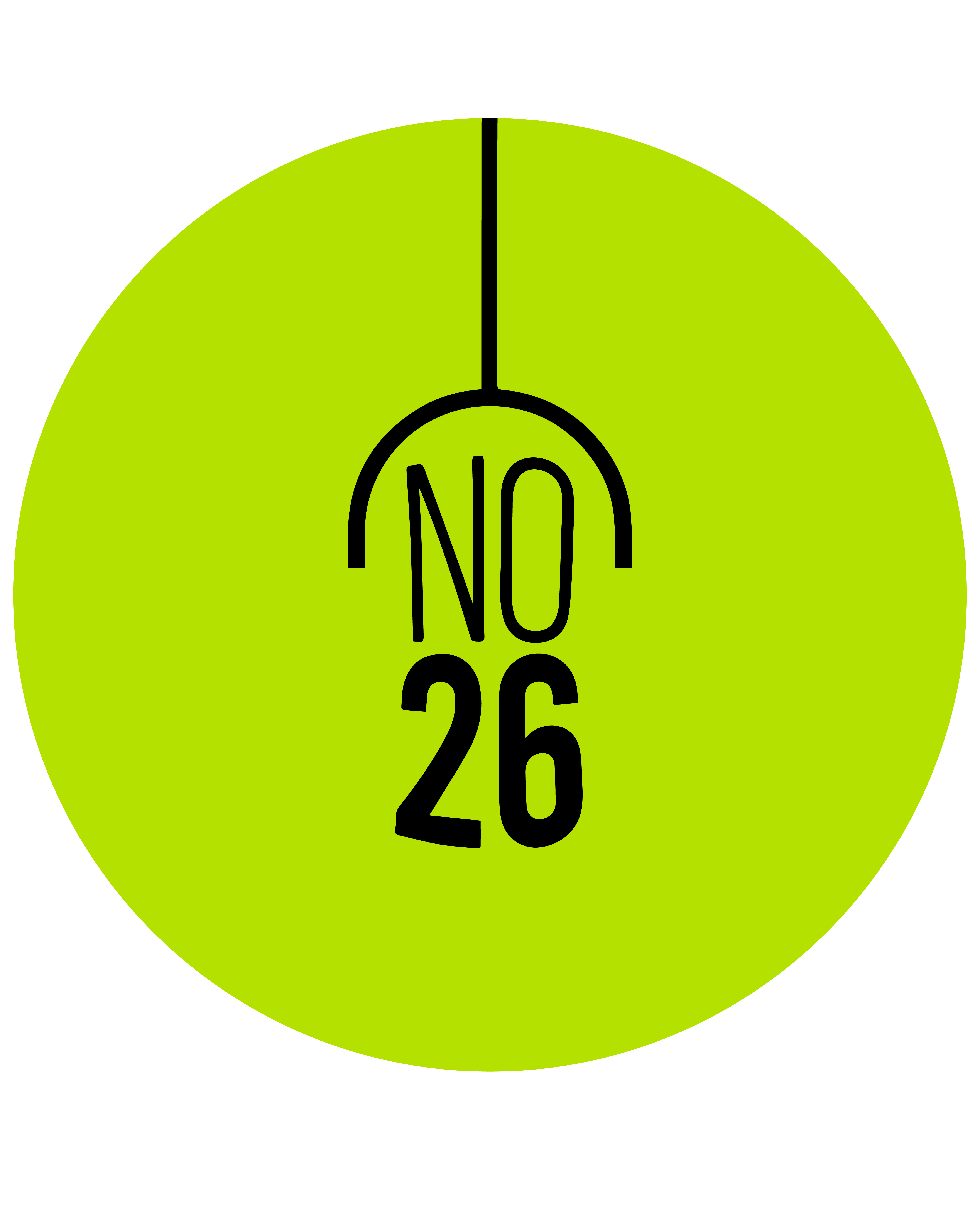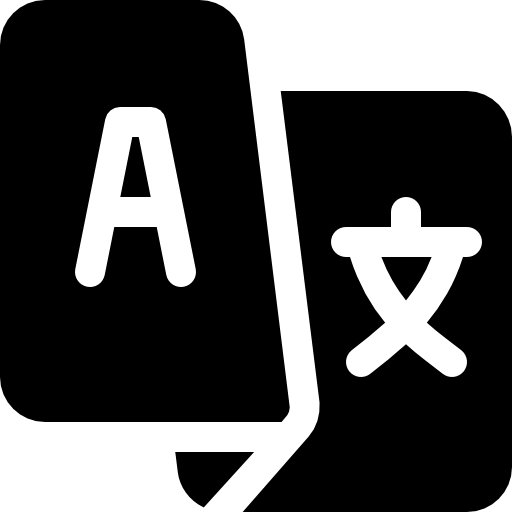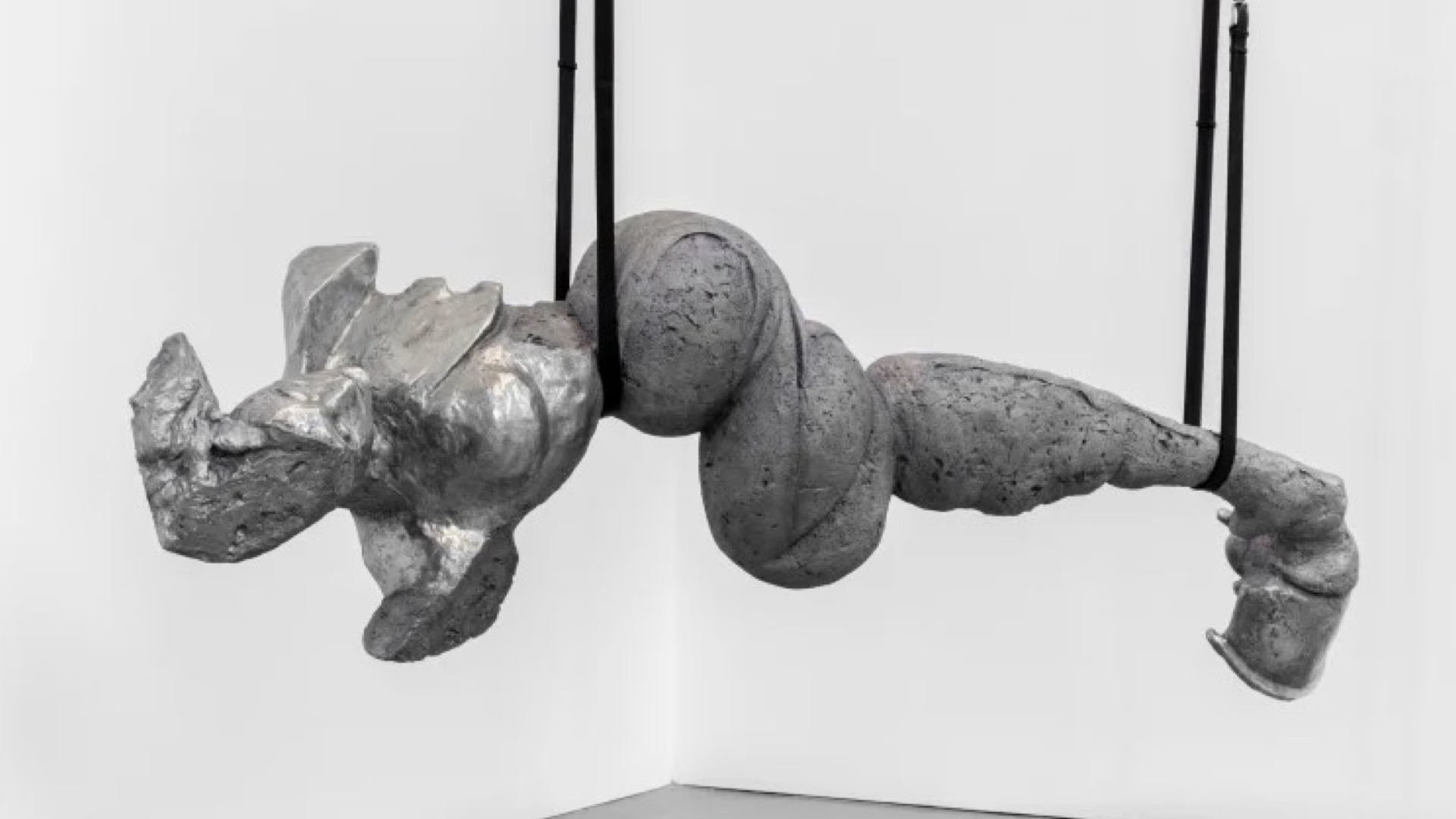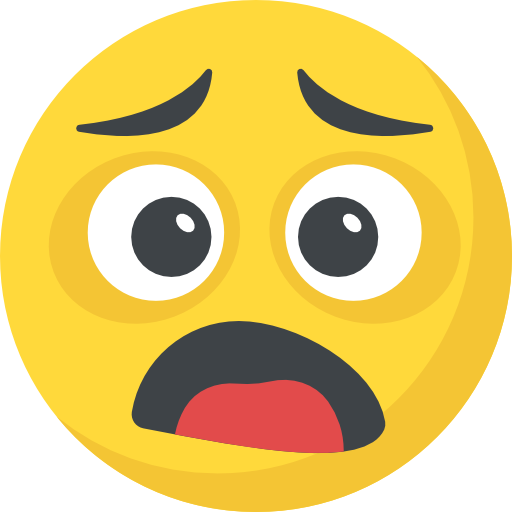27 November 2025 – 7 February 2026
Charlottenstrasse 24, Berlin
Opening: 28 November, 19:00 – 21:00
Galerie Thomas Schulte is ending the season with Rotation, a new group exhibition that places the decades-long creative exchange among its own artists at the centre. The show brings together the conceptual and formal approaches of eight artists across a timeline stretching from the late 1960s to the present.
Works by Richard Deacon, Lena Henke, Franka Hörnschemeyer, Matt Mullican, Leunora Salihu, Fred Sandback, Dan Walsh, and Jonas Weichsel demonstrate how abstraction, structure, system, and the relationship with space can be addressed through radically different methods. The title “Rotation” refers both to the artists’ cyclical presence in the gallery programme and to the internal movement within each work: the folding of form, the slight shift of a line, the transformation of volume into a new spatial proposition…


The Language of the Exhibition: Form, System, and a Silent Dialogue
The works span a broad spectrum of material and scale:
- Deacon’s organic twists,
- Henke’s sculptures that rewrite the relationships between body, city, and surface,
- Hörnschemeyer’s interventions that cut and reconstruct architecture,
- Mullican’s symbolic cosmologies,
- Salihu’s structures carrying kinetic potential,
- Sandback’s linear tension that hovers between absence and presence,
- Walsh’s rhythmic arrangements,
- Weichsel’s optical density…
When brought together, they create a quiet space of negotiation inside the gallery. Each piece offers a closed universe within its own system, yet when it touches the work beside it, it invites a rethinking of those very boundaries.
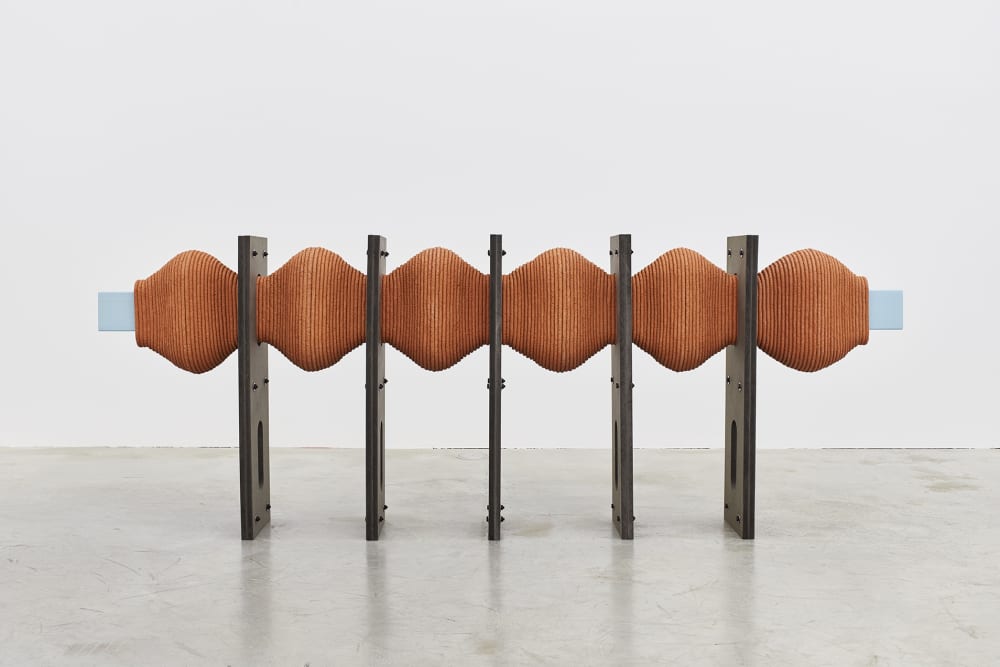

A Threshold in Berlin
For many years, Galerie Thomas Schulte has been an institution in Berlin’s contemporary art scene that gathers artists from different generations under the same roof. Rotation makes this polyphonic structure visible and allows the evolution of the programme over time to be traced.
The selection does not simply ask visitors to stand in front of individual works; it invites them to discover the new meanings that emerge in the transitions, the empty spaces, and the spatial intervals between them.
